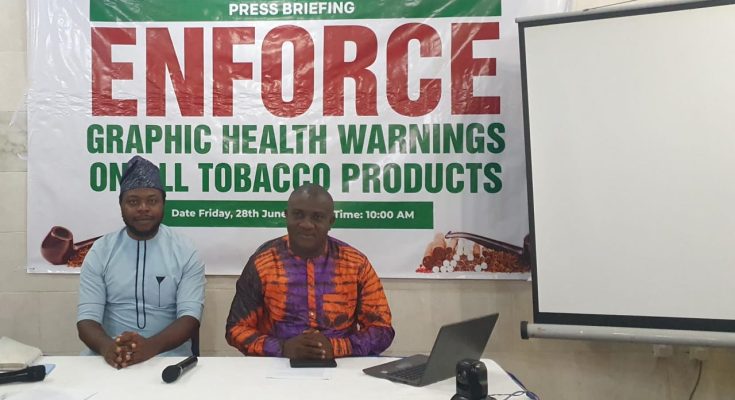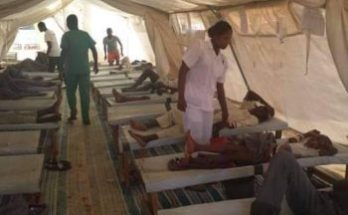The Nigeria Tobacco Control Alliance
(NTCA) has emphasised the need for Graphic Health Warning Signs (GHWS) to reduce the economic burden of tobacco use across the country.
The chairman, Akinbode Oluwafemi, while briefing the media on Friday in Abuja, called for implementation of Graphic Health Warnings on all tobacco products.
He explained that the graphic health warnings can reduce the appeal of tobacco
products, making them less attractive to young people as this year’s World
No Tobacco Day theme is “Protecting Children Against Tobacco Industry
Interference”.
Akinbode said the profit-centered tobacco industry producing, importing and
distributing these tobacco products is foot-dragging to implement the policy
because it knows that graphic health warnings reduce the number of people
who start smoking, just as it encourages current smokers to quit.
He said the tobacco industry should not undermine the laws governing its business in Nigeria and it can also help to reduce the amount of tobacco consumed by current smokers.
“By cutting the number of people who start smoking and encouraging current smokers to quit, thus lowering the costs associated
with treating tobacco-related diseases.
“According to the Centre
for the Studies of Economies of Africa, CSEA, it is responsible for the death
of over 28,000 people annually in Nigeria. If the current trends continue,
this number is expected to rise significantly in the coming years.
“There are growing concerns in Nigeria about the increasing use of tobacco
products, especially the use of shisha and new tobacco products among our
young population despite the serious health implications.
He said the introduction of Graphic Health Warnings (GHWS) has been proven as an
effective way of reducing tobacco use and its associated harms. “Studies have
also shown that GHWs are more effective than text-only warnings in
communicating the risks associated with tobacco use.
“They are also more likely to be noticed and remembered by users and intending users. This measure is contained in Article 11 of the World Health Organisation
Framework Convention on Tobacco Control (WHO-FCTC) and in our local
laws. Section 20 of the National Tobacco Control Act, 2015 (NTC Act)
requires manufacturers, importers, and distributors of tobacco products toensure that their products carry fully coloured graphic health warnings,
covering at least 50% of the principal display area and that the graphic
photo must clearly show the health implications of tobacco use and exposure.
“In providing further guidelines for effectively implementing this policy,
section 20 (3) of the National Tobacco Control Act stipulates that graphic
health warnings must be changed after an initial period no later than 24
months to new warnings and messages prescribed by the Federal Ministry
of Health and Social Welfare.
“The current set of warnings, depicting a photo of mouth cancer was issued
on June 23, 2023, and will expire on June 22, 2025, after a period of
two years.
“It is now one year since the warnings came into effect. As an Alliance, we
alerted our members in the Federal Capital Territory, as well as Abia, Kano,
Bauchi, Plateau, Cross River and Lagos states to continually monitor
compliance with the second phase of the warnings.
“From the findings, the
compliance level on the conventional cigarette is above 80%. However, it is
shocking to reveal that compliance is abysmal on other tobacco products like
Shisha, and flavoured vapes, that are still illegally marketed in Nigeria this
is unacceptable.
“We therefore urge the Standards Organization of Nigeria (SON), the Nigeria
Police Force, the Federal Competition and Consumer Protection Commission,
the Federal Ministry of Health and relevant government enforcement and
regulatory agencies to ensure the effective implementation of graphic health
warnings on all tobacco products.
“This is an important step in reducing the
side effects of tobacco use and protecting the health of Nigerians adding that the
graphic health warnings policy must not be derailed,” he said.




